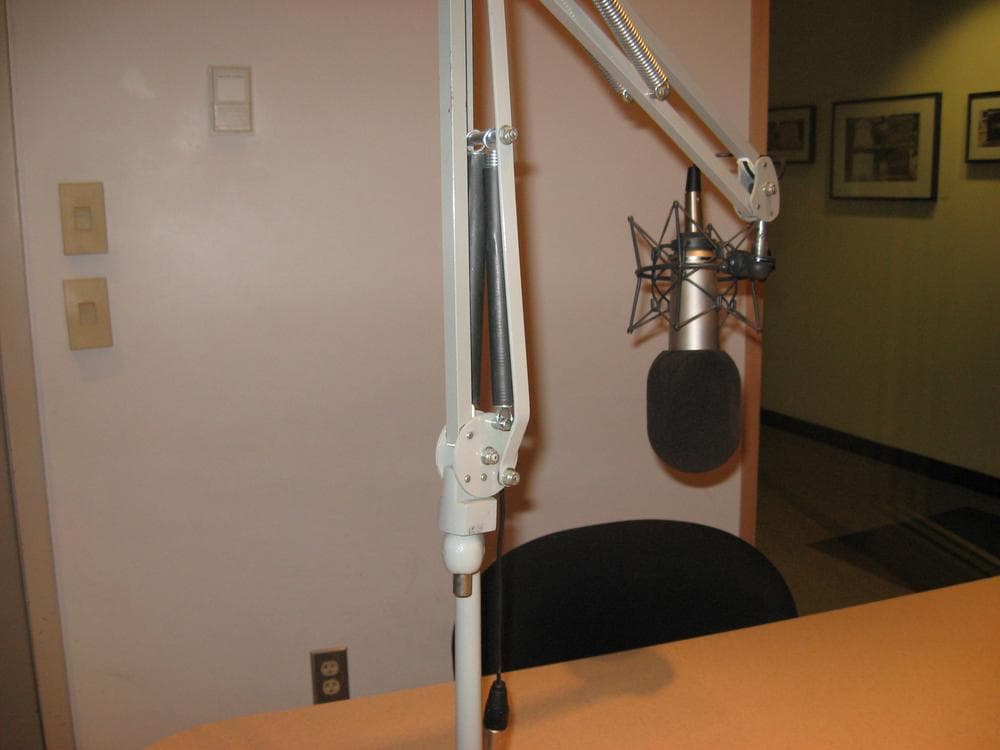Advertisement
Social Media Experiment: Twitter Takes Over Radio Airwaves
Resume
Guest: Dave Smith, WAFD station manager
By April Tonta
A small public radio station on the Eastern Shore of Maryland is taking social media to the next level. The station, WAFD-FM, in Pocomoke, Md. has turned over its airwaves to Twitter.
From 11:00 a.m. to 1:00 p.m. on weekdays, listeners will hear a constant stream of “tweets” to the station.
Station Manager David H. Smith said he was inspired by college students, who are obsessed with Facebook.
“These kids are constantly checking their phones to see what their friends are saying on Facebook. I thought, ‘Why not bring that information to the airwaves?’”
The station launched the experiment on New Year’s Day. The station hired a college student to create a software program that automatically scans their Twitter feed and reads the tweets on the air in an automated voice.
The program, called “Twitter Time,” took a few weeks to pick up steam.
“At first, we had a lot of dead air, with just music playing in the background.” Smith admitted. “But once word spread, people started flooding our Twitter feed, and now we have gone from being at the bottom of the ratings to near the top.”
On a recent day, a reporter heard the automated voice read a stream of tweets, ranging from people making plans to meet at a local coffee shop to rants against the air strikes in Libya.
The small station only has four full-time employees, and it was constantly searching for inexpensive, quality programming that would connect with the college students at the nearby University of Maryland Eastern Shore (UMES) campus.
“Most of the midday NPR programming is geared towards people in their sixties and seventies,” said Smith. “We want to expand our audience to a younger demographic.”
The station has even dismantled its website and now focuses exclusively on Twitter. But the experiment does have its critics.
“What is the value of listening to a bunch of people’s random stream of 140-character long thoughts?” asked UMES professor of communications, Mary Blake. “I think this is a new low for broadcasting and social media.”
But it’s that stream of consciousness that appeals to Smith and his listeners.
“We are democratizing radio in the same way that the web has democratized society. Not everyone is comfortable with that, but it’s the wave of the future,” Smith said.
- Did we get you? Find out how we orchestrated this April Fool's Day gag!
This segment aired on April 1, 2011.